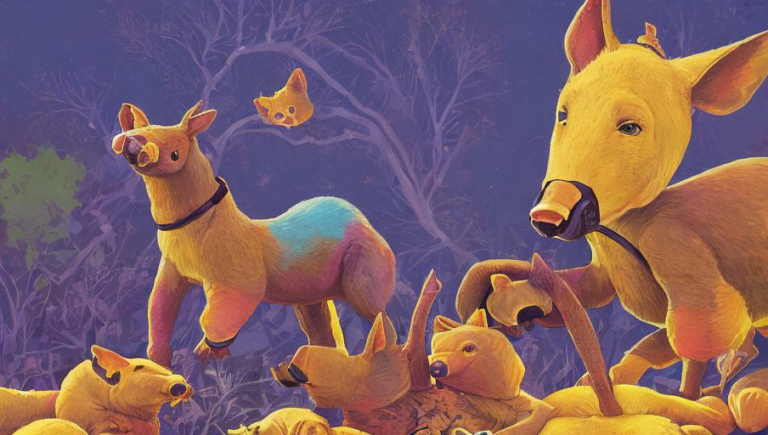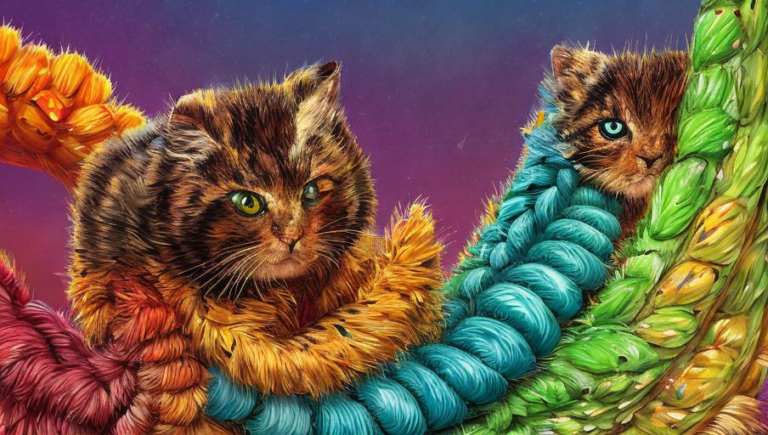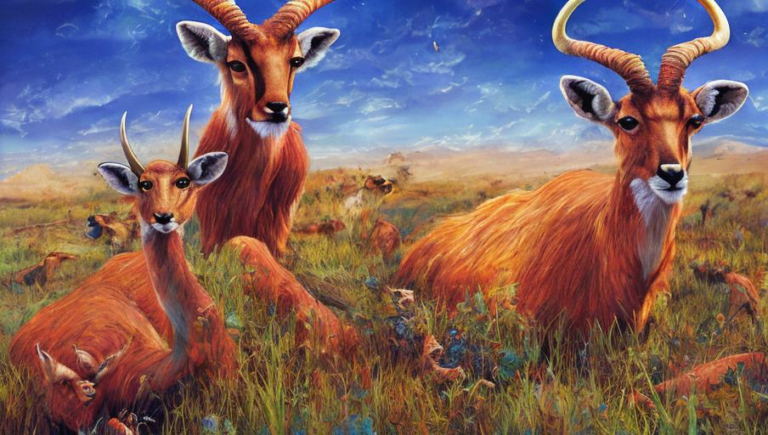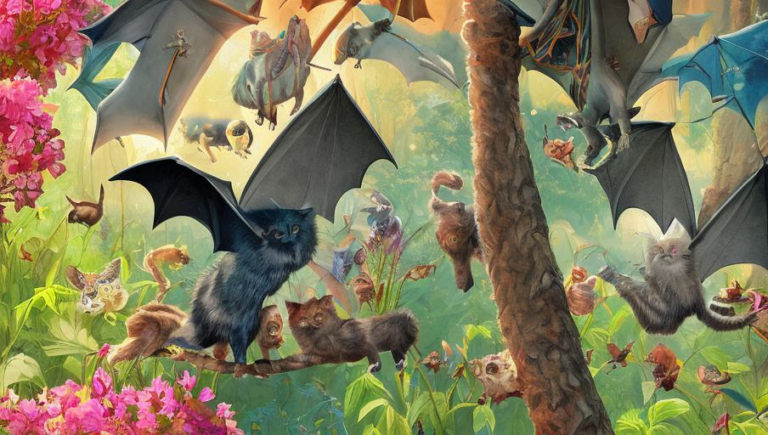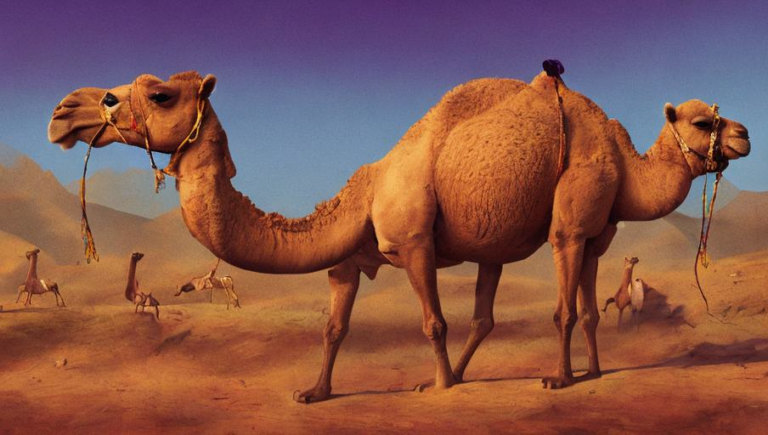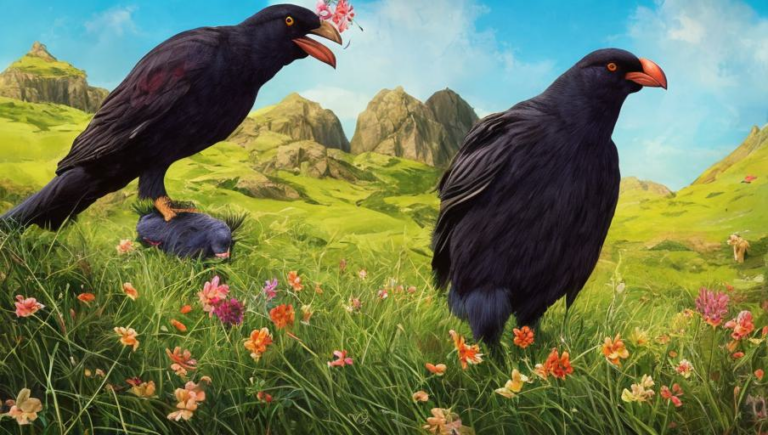Dietary Diversity: What Cranes Eat and Why It Matters
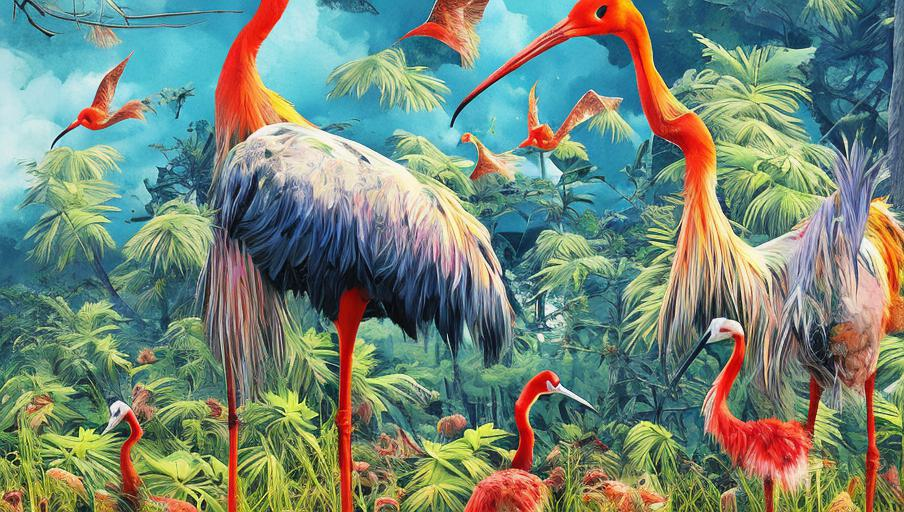
Dietary Diversity
Cranes are beautiful, long-legged birds that can typically be found in wetlands and grasslands. They have a wide range of diets, depending on the species, and what is available in their habitat. These birds are omnivores, meaning that they eat both plants and small animals. Their diet is always changing, depending on the season and the availability of food.
Plant-Based Diet
Most cranes eat a variety of plants and fruits. They will eat anything from grasses, seeds, and grains to berries, nuts, and leaves. Cranes also eat aquatic plants, such as algae and aquatic invertebrates, like snails and crayfish. This plant-based diet provides them with vitamins and minerals, as well as fiber and carbohydrates.
Animal-Based Diet
Cranes will also eat small animals, including insects, frogs, and fish. These animals provide them with protein and other essential nutrients. Cranes will also scavenge on carrion, or dead animals, if it is available. These birds are opportunistic feeders, which means they will take advantage of whatever food is available.
Importance of Dietary Diversity
It is important for cranes to eat a varied diet in order to get all the nutrients they need. A variety of different food sources also allows them to survive in different habitats. For example, in a wetland they could eat aquatic plants and animals, while in a grassland they could eat grasses and seeds. This dietary flexibility is important for the survival of these birds.
Conservation Efforts
Cranes are important for their ecological roles, such as pollination and seed dispersal. Unfortunately, many species of cranes are threatened by habitat loss and human disturbance. Conservation efforts are important if we want to ensure the survival of these birds. One way to do this is by protecting their habitats and providing them with a diverse array of food sources. This will help ensure that cranes have the nutrients they need to survive.
Conclusion
Cranes are beautiful birds that play an important role in the environment. They have a varied diet of both plants and animals, which provides them with the nutrients they need to survive. It is important to protect their habitats and provide them with a diverse array of food sources in order to ensure their survival. Through conservation efforts, we can help ensure that these birds continue to thrive.
